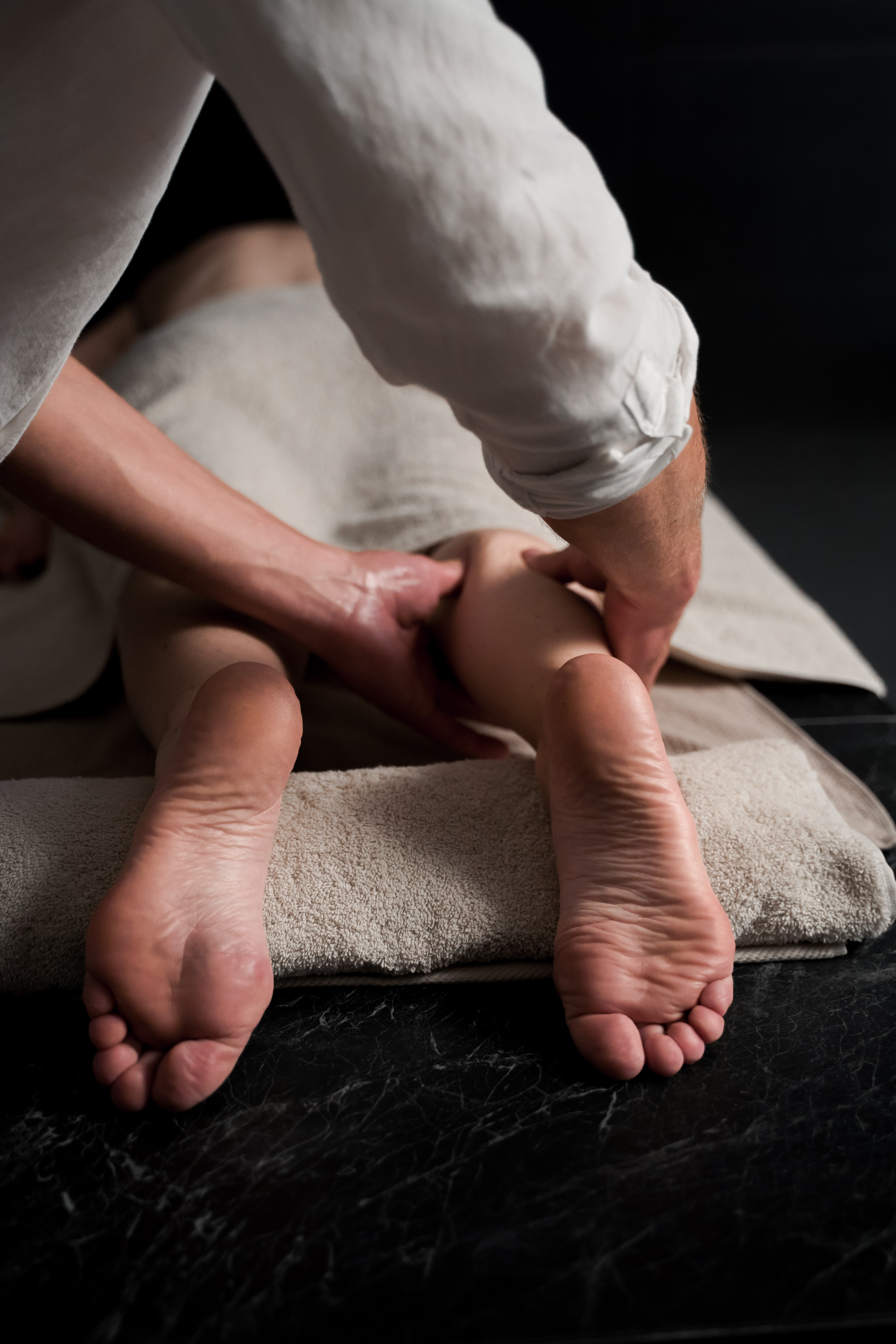What Is Massage Therapy & What Are Its Benefits?

Everything You Need To Know About Massage Therapy
Stress, achiness, pain, tension – we all experience them at some point or another. And, whether they’re isolated side-effects of a tough week or symptoms of a broader health condition, they can be difficult to deal with.
Massage therapy is one possible solution, out of many, to alleviating minor ailments like those mentioned above. Read on to learn everything you need to know about massage therapy, including what it involves, how it works, and whether it’s right for you.
What is massage therapy?
Massage therapy is, in essence, just the application of massage techniques for a therapeutic purpose. Just like regular massages, it aims to relax, revive, and repair tissue in the body, making use of rubbing and kneading movements to manipulate soft tissue and muscle.
It’s a form of treatment that is often included as part of wider healthcare plans to address issues like physical stress, tension in the body, sports injuries, and chronic pain. By applying pressure and movement to problem areas, massage therapists can make a difference to both the wellbeing of their patient and the symptoms being addressed.
It’s thought that massage therapy has been practiced for almost 4,000 years, with records of massage techniques appearing in the 16th century BC Chinese medical text Con-Fu of the Toa-Tse. That makes it one of the oldest forms of treatment still used in our modern healthcare world.
What is a massage therapist?
Massage therapists are the practitioners who deliver massage therapy. There are no formal qualifications required to become a massage therapist, but plenty of practitioners still undertake a diploma, degree, or apprenticeship to develop their knowledge of the practice and build experience. There are also certain professional bodies that provide massage therapy accreditations, including the Federation of Holistic Therapists and the Complementary and Natural Healthcare Council.
Types of massage therapy
With such a long and storied history preceding it, modern massage therapy involves lots of different types of massage, each with their own techniques, approaches, and benefits. These include:
Swedish massage
One of the most popular forms of massage around, a Swedish massage is typically focused on relaxation. It generally makes use of a gentle touch and often scented massage oils, imbuing the recipient with a sense of calm.
Deep tissue massage
Deep tissue massages are much more utilitarian in their aims than their Swedish counterparts, focusing on deep penetrating techniques that get into your muscles and help to relieve tightness, pain, or tension.

Sports massage
Sports massages are very similar to deep tissue massages, sharing a lot of the same techniques. However, whereas deep tissue massages are used to treat all sorts of conditions and alleviate broad symptoms, sports massages are typically more focused on one particular area of an athlete’s body with the aim of preventing an injury, or aiding recovery.
Prenatal massage
As the name hints, prenatal massages are designed to suit expectant mothers. They have a variety of purposes, from helping to address aches and pains in the body to aiding relaxation, and can be administered al the way through the pregnancy process.
Lymphatic massage
Lymphatic massages are another specific sub-category of massage therapy, geared especially towards encouraging the free flow of lymphatic fluid throughout the body. This type of massage is generally suited to people who suffer from lymphatic issues, including inflammation.
Benefits of massage therapy
Massage therapy isn’t a cure for anything, but it is commonly used, either in isolation or as part of a more comprehensive healthcare plan, to treat diverse symptoms resulting from a range of different conditions. That’s because it’s been reported to have the potential to deliver a wide range of benefits, including:
Stress relief
A study has found that massage therapy can measurably reduce stress, more so than taking some simple relaxation time without a massage. Whether you’re stressed because of a bad day at work, or you’re battling a more serious medical condition that’s getting you down, massage therapy might be able to help.

Pain relief
Massages have also been shown to have a statistically significant impact on pain, helping to relieve overall pain level and emotional well-being. This is part of the reason it’s sometimes used by cancer patients who are undergoing other treatments.
Boosted immune system
Another study, carried out my researchers at Cedars-Sinai Medical Center, claims that massage therapy also had the power to boost the immune system, lowering the levels of cytokines, cortisol, and vasopressin in the body, and significant changes in lymphocytes (molecules that play a role in defending the body from disease).
Improves sleep
A range of different studies have also indicated that massage therapy can be a helpful remedy to sleep issues, including for the elderly and people who deal with insomnia, migraines, and fibromyalgia.
Recent posts
- How Coaching Can Support ADHD: Exploring Options Beyond The NHS
- Understanding ADHD Assessments: What To Expect During Diagnosis
- What Are The 4 Stages of COPD?
- What is Musculoskeletal Physiotherapy?
- What Are The Most Important Health Screenings For Men?
- What Are the Most Important Health Screenings for Women?
- What are the Benefits of Vitamin B12 Injections?
- Can A Chiropractor Help With Sciatica?
- Unlocking the Truth About Private Healthcare
- Is my portion size correct?

